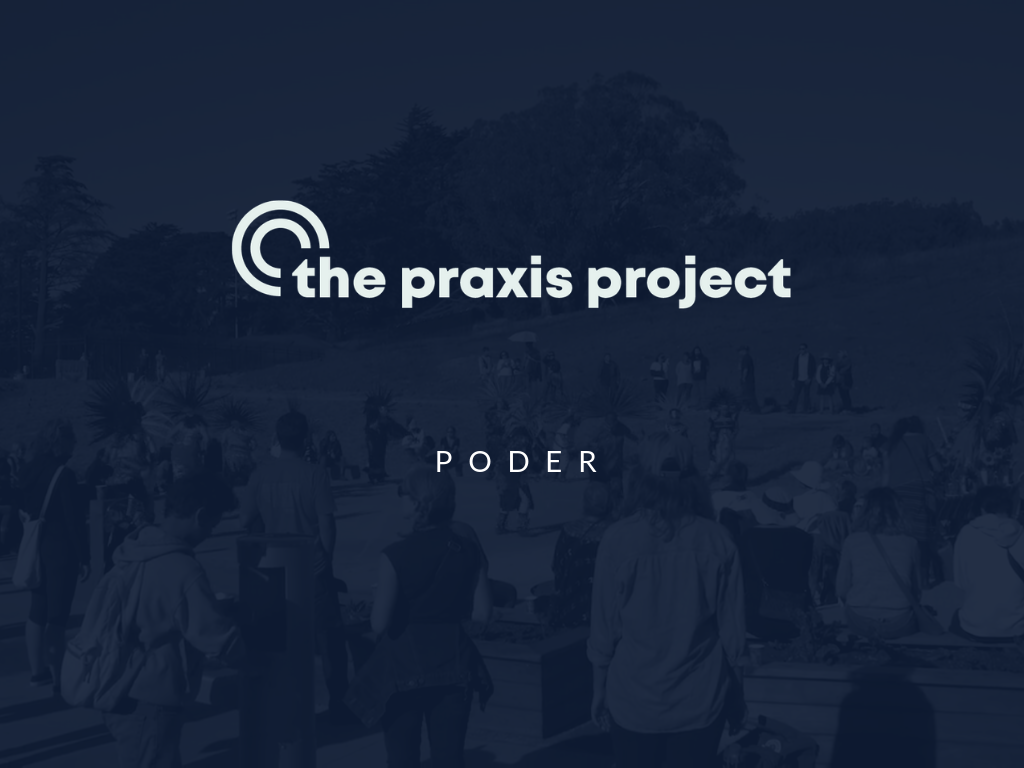Civic Participation
Civic participation refers to the wide variety of engagement in communities and public life by individuals and collectives of people or organizations to address issues of public concern and improve conditions. These efforts are undertaken while developing the combination of community knowledge, skills, values and motivation and power to enact change. Forms of civic participation range from electoral involvement and volunteering to organizing, advocacy, and community-based research. People’s ability to participate civically should be protected and broadened to exercise regardless of their race, ethnicity, sex, gender, ability, sexual orientation, age, incarceration status, documentation status, or citizenship. Furthermore, civic participation should be framed within a structural, critical consciousness that understands the dynamics of power at play in the issues within communities that civic participation may seek to address.
Civic participation builds networks and a collective sense of trust, care, interdependency, agency, and a sense of belonging for individuals involved.[1] Furthermore, civic participation increases the opportunity for transformative community changes to improve conditions around factors that influence health and well-being for all such as housing, food, clean air and water, and more. Unsurprisingly, studies show that increases in physical and mental health and well-being are related to increases in civic engagement, whether through voting, volunteering, or organizational membership.[2]
Civic participation is core to the work of basebuilding organizers and many engage in civic participation through legislative advocacy, direct action, and get out the vote initiatives. Their work reframes civic participation in their communities to include grassroots organizing and institutions throughout the year, and not just approaching election day. Furthermore, they are constantly laying the foundations, building trust, educating and raising awareness, establishing authentic relationships, and mobilizing in order to effectively facilitate various forms of civic participation for their community members.
DISPARITIES AND STATISTICS
Race and Ethnicity:
Voter suppression and discrimination continues to undermine civic participation through electoral processes in communities of color. Disenfranchisement of communities of color often takes the shape of seemingly “race-neutral” policies that disproportionately harm these communities.
In the 2016 election, 9 percent of Black respondents, 9 percent of Hispanic, and only 3 percent of white respondents in a survey regarding voting participation and knowledge indicated that they (or someone in their household) were told that they lacked the proper identification to vote.
10 percent of Black respondents and 11 percent of Hispanic respondents reported that they were incorrectly told that they weren’t listed on voter rolls, as opposed to 5 percent of white respondents.
Across just about every issue identified as a common barrier to voting (inability to take time off work, changed polling locations, harassment while voting, etc.), Black and Hispanic respondents were twice as likely, or more, to have experienced those barriers as white respondents.[3]
Socioeconomic Status:
Socioeconomic status (SES) greatly influences voting ability, with voter participation increasing with family income.
During the 2016 presidential election, the 48 percent voting participation rate for families in the lowest income category was much less than the 86 percent rate for families in the highest income category. This pattern carries for other election years as well.
Voting requires time, skills, information, health, access to transportation, and other resources that better position higher SES groups to vote while serving as barriers for lower SES groups.[4]
Furthermore, higher SES groups are much more able to donate large sums to campaigns and office decision makers, which can effectively undermine and overshadow the interests of low-income communities of color who are unable to contribute.
Voting Rights:
While there are numerous ways in which historically oppressed communities are kept from more traditional modes of civic participation, many of these communities continue to find means to engage. Undocumented individuals, incarcerated folks, people in US territories, and youth are ineligible or severely restricted from voting in federal and state elections and are frequently excluded from other more institutionally recognized modes of civic participation due to their status. However, these communities continue to practice civic participation in other critical ways that benefit their communities and health.
Many undocumented individuals engage by organizing, promoting policy changes, and fighting deportations.[5] A study on civic engagement patterns in undocumented Mexican students found that 90% of respondents were civically engaged, either through providing social services, activism, tutoring, or functionary work.[6]
Incarcerated people have a rich history of organizing and advocacy despite severe voting restrictions, including strikes to demand humane treatment and an end to prison slavery and involvement in efforts to restore voting rights for those currently incarcerated or with a history of incarceration. [7][8]



















































